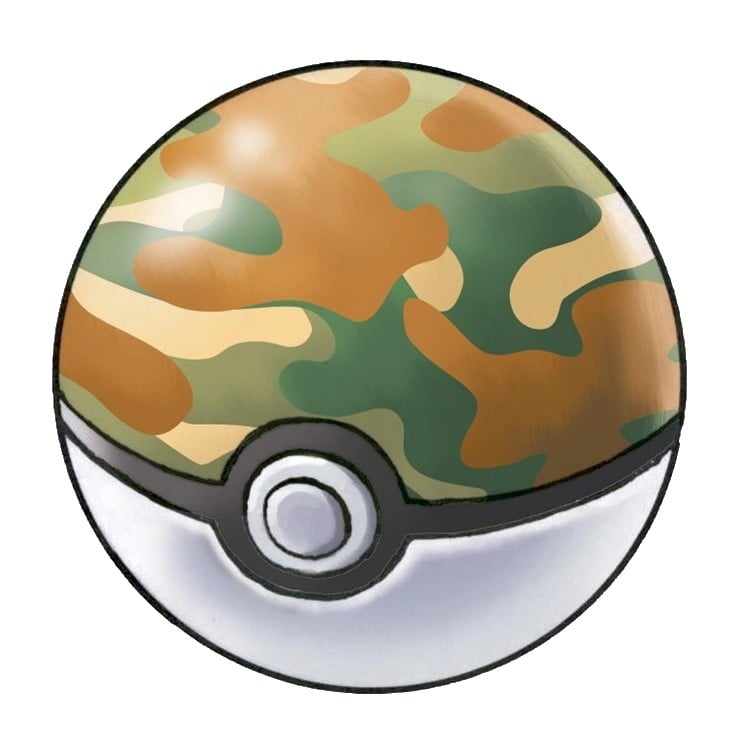Pokémon is forever cemented as one of the greatest video games and franchises ever. Besides the vast number of games in the series, the game also has merchandise, anime, comics, and books. In this sprawling realm, humans and Pokémon coexist harmoniously as players strive to become Pokémon Masters. Central to every trainer’s quest are the ingenious devices known as Pokéballs. These pocket-sized capsules serve as a trainer’s most essential tool, allowing them to capture, carry, and cultivate their diverse team of Pokémon. Together, Pokémon and Pokéballs forge an unbreakable partnership, symbolizing the essence of this extraordinary universe.
As the games progressed through the years, Nintendo and Game Freak introduced fancier and more unique Pokéballs to use. Some were better in certain conditions, and others were rare and difficult to find. Let’s discuss every type of Pokéball throughout the whole franchise.
Some of these balls are straightforward and need no explanation; others are only in specific events or games. You’ll find common items across every game, allowing young trainers to catch Pokémon early, while some of these items are as legendary as the Pokémon themselves.
Pokéball Type: Poké Ball
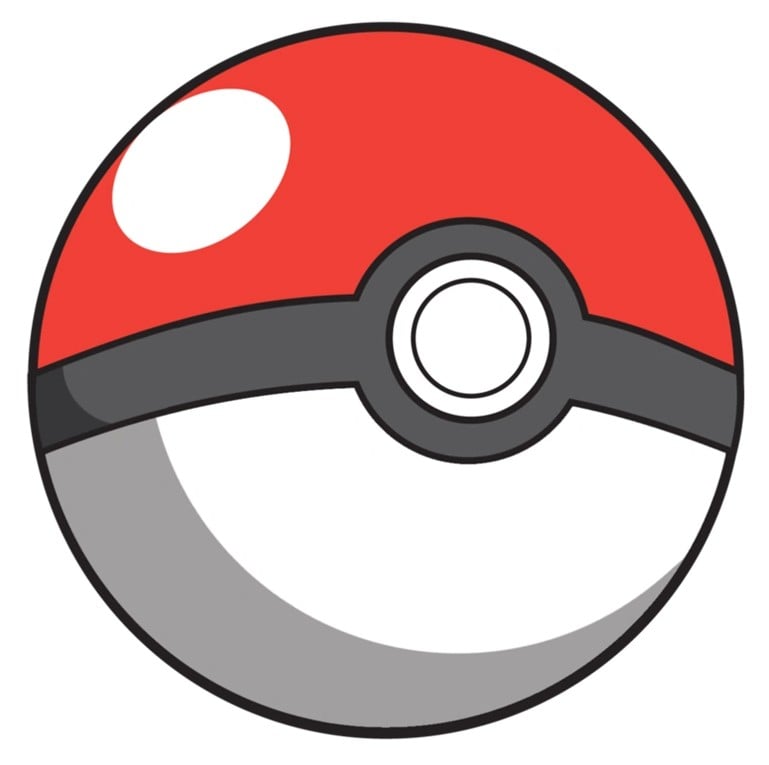
The classic Pokéball found in every game.
- Cost: 200 Poké Dollars
- Acquisition: Available at any Poké Mart.
- Games: Featured in Pokémon Red/Blue, FireRed/LeafGreen, HeartGold/SoulSilver, X/Y, Sun/Moon, and others.
Pokéball Type: Great Ball
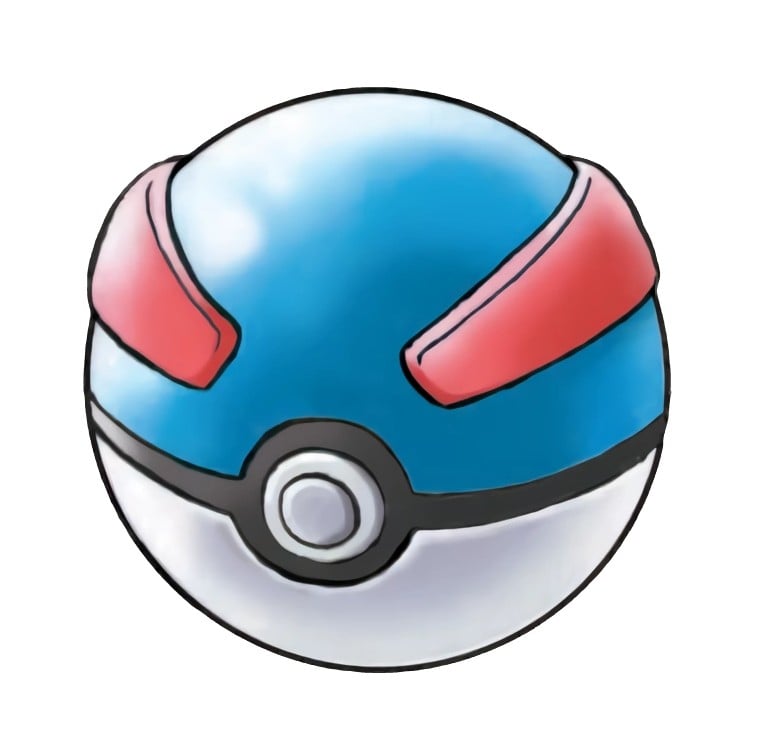
Similarly to the original, this is a slight upgrade from the Poké Ball.
- Cost: 600 Poké Dollars
- Acquisition: Available at most Poké Marts.
- Games: Featured in Pokémon Red/Blue, FireRed/LeafGreen, HeartGold/SoulSilver, X/Y, Sun/Moon, and others.
Pokéball Type: Ultra Ball
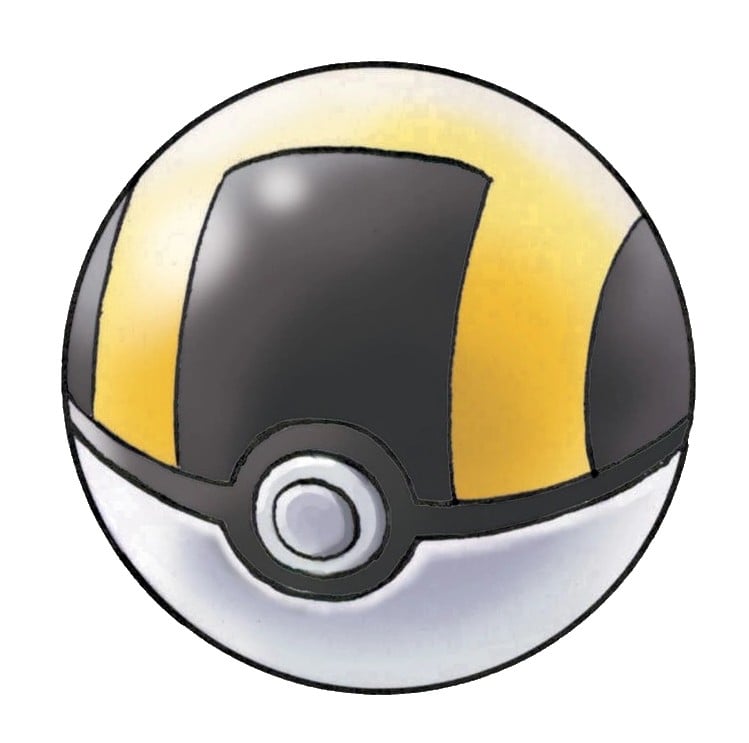
- Cost: 1,200 Poké Dollars
- Acquisition: Available at most Poké Marts.
- Games: Featured in Pokémon Red/Blue, FireRed/LeafGreen, HeartGold/SoulSilver, X/Y, Sun/Moon, and others.
Pokéball Type: Master Ball
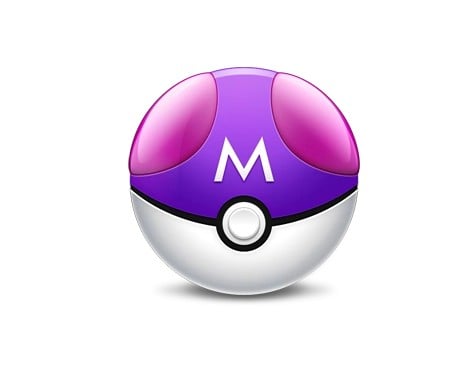
The Master Ball is the ultimate Poké Ball in Pokémon games, guaranteeing an instant capture of any wild Pokémon without fail. It’s a scarce and one-time-use item, typically given to the player during the main storyline for capturing exceptionally rare or legendary Pokémon. That’s why it’s so common for players to use glitches or cheats to duplicate this precious ball.
- Cost: Not available for purchase
- Acquisition: Typically given to the player during the main storyline.
- Games: Featured in Pokémon Red/Blue, FireRed/LeafGreen, HeartGold/SoulSilver, X/Y, Sun/Moon, and others.
Pokéball Type: Safari Ball
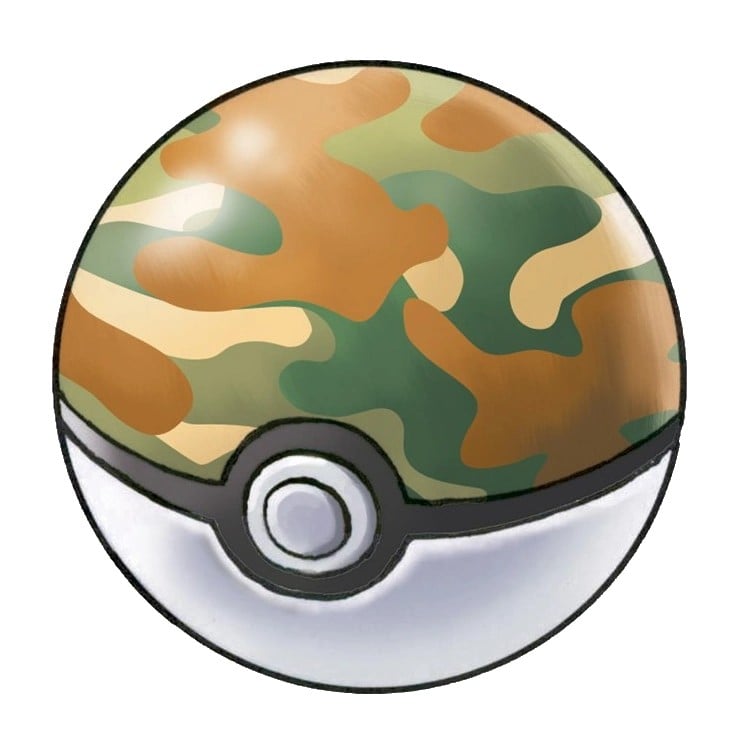
The Safari Ball is primarily used in the Safari Zone, a special area in Pokémon games where players can encounter wild Pokémon under specific rules. Unlike traditional Poké Balls, capturing Pokémon in the Safari Zone involves chance and strategy rather than battling them directly. When a player attempts to capture a Pokémon in the Safari Zone, the Safari Ball is thrown with varying capture rate. Success isn’t guaranteed, making the Safari Ball’s capture process more unpredictable.
- Cost: Not available for purchase
- Acquisition: Used exclusively in Safari Zones.
- Games: Featured in Pokémon Red/Blue, FireRed/LeafGreen, HeartGold/SoulSilver, and others with Safari Zones.
Pokéball Type: Premier Ball
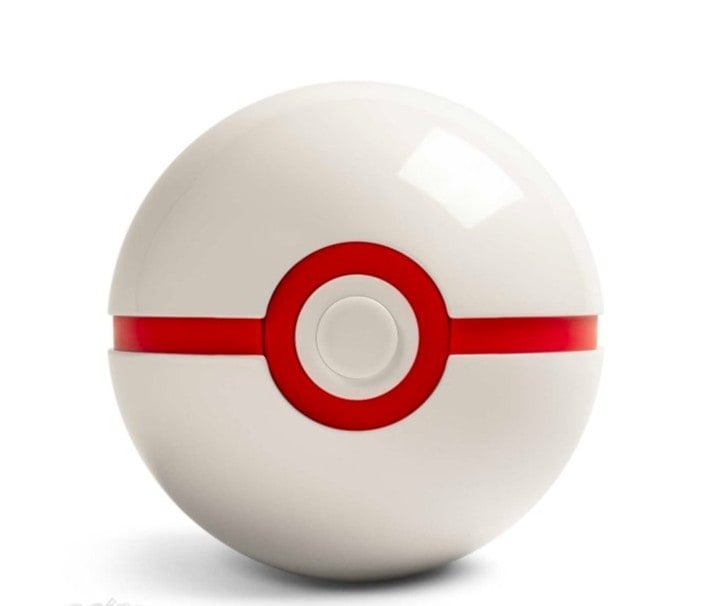
The Premier Ball is given as a bonus when purchasing standard Poké Balls in sets of ten. Functionally identical to regular Poké Balls, it’s primarily a cosmetic choice, offering trainers a unique-looking ball as a reward for buying Poké Balls in bulk.
- Cost: Provided as a bonus when purchasing ten standard Poké Balls.
- Acquisition: Obtained when buying standard Poké Balls in sets of ten.
- Games: Featured in Pokémon Ruby/Sapphire/Emerald, Diamond/Pearl/Platinum, and more.
Pokéball Type: Repeat Ball
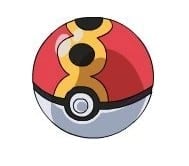
The Repeat Ball is a specialized Poké Ball in Pokémon games designed for capturing Pokémon that players have previously encountered. It offers higher capture rates for Pokémon species already registered in a player’s Pokédex. It’s a practical tool for those striving to complete their Pokédex and build a comprehensive collection of Pokémon, rewarding dedication and comprehensive exploration in the game.
- Cost: 1,000 Poké Dollars
- Acquisition: Available at various Poké Marts after obtaining the National Pokédex.
- Games: Featured in Pokémon Gold/Silver/Crystal, HeartGold/SoulSilver, Omega Ruby/Alpha Sapphire, and others.
Pokéball Type: Timer Ball
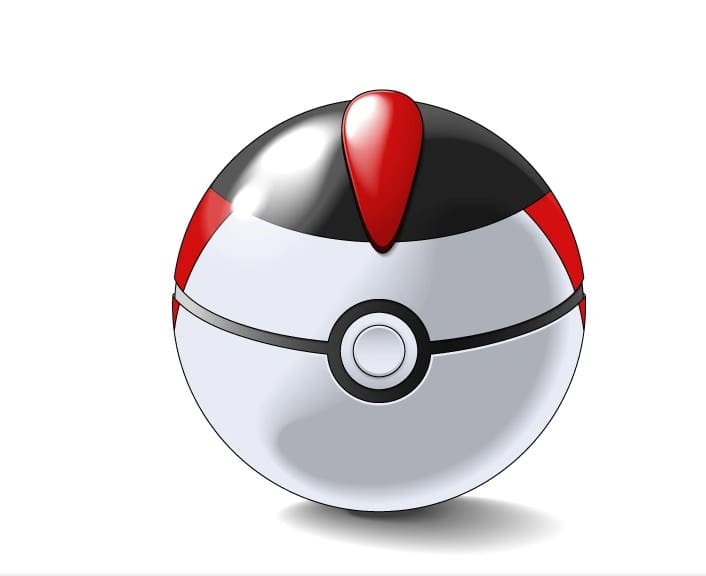
The Timer Ball becomes increasingly effective as the battle lengthens. Its capture rate starts low but steadily improves with each turn in a battle, making it a powerful choice for capturing elusive or stubborn Pokémon encountered after prolonged engagements.
- Cost: 1,000 Poké Dollars
- Acquisition: Available at various Poké Marts after obtaining the National Pokédex.
- Games: Featured in Pokémon Ruby/Sapphire/Emerald, Omega Ruby/Alpha Sapphire, and others.
Pokéball Type: Nest Ball
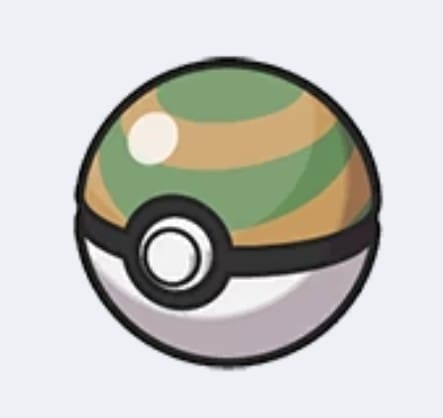
The Nest Ball offers a higher capture rate for wild Pokémon at lower levels. It becomes particularly effective when encountering weaker creatures, making it an excellent choice for trainers looking to quickly catch Pokémon that are lower in level compared to their own team.
- Cost: 1,000 Poké Dollars
- Acquisition: Available at various Poké Marts after obtaining the National Pokédex.
- Games: Featured in Pokémon Ruby/Sapphire/Emerald, Omega Ruby/Alpha Sapphire, and others.
Pokéball Type: Net Ball
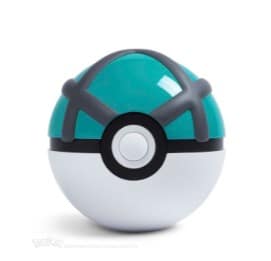
The Net Ball has a higher capture rate when used to catch Water-type or Bug-type Pokémon. Its effectiveness is particularly pronounced when encountering Pokémon of these types, making it a strategic choice for trainers exploring aquatic environments or bug-infested areas.
- Cost: 1,000 Poké Dollars
- Acquisition: Available at various Poké Marts after obtaining the National Pokédex.
- Games: Featured in Pokémon Ruby/Sapphire/Emerald, Omega Ruby/Alpha Sapphire, and others.
Pokéball Type: Dive Ball
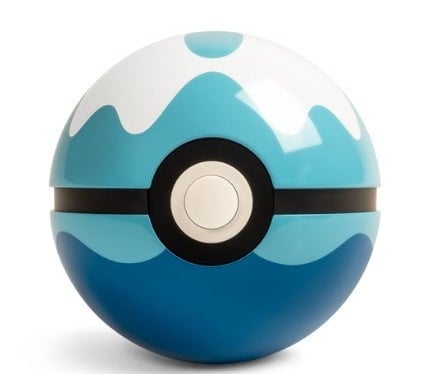
The Dive Ball works best when capturing Pokémon found underwater, such as those encountered while using the move Surf. Its capture rate is significantly higher in these aquatic environments.
- Cost: 1,000 Poké Dollars
- Acquisition: Available at various Poké Marts after obtaining the National Pokédex.
- Games: Featured in Pokémon Ruby/Sapphire/Emerald, Omega Ruby/Alpha Sapphire, and others.
Pokéball Type: Luxury Ball
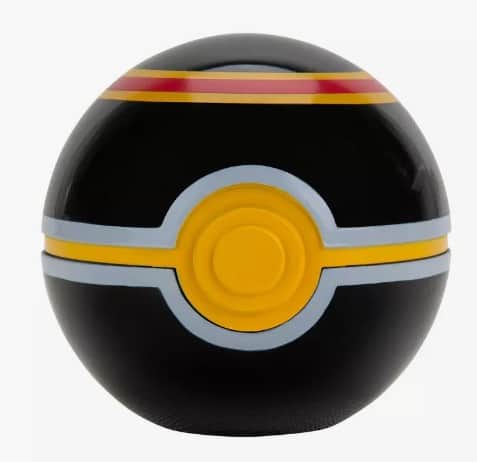
The Luxury Ball doesn’t affect the capture rate but provides a unique benefit. Pokémon captured in Luxury Balls tend to become more friendly towards their trainers faster. It’s a choice for those who want to build strong bonds with their newly caught Pokémon.
- Cost: 1,000 Poké Dollars
- Acquisition: Available at various Poké Marts after obtaining the National Pokédex.
- Games: Featured in Pokémon Diamond/Pearl/Platinum, X/Y, Sun/Moon, and others.
Pokéball Type: Quick Ball
The Quick Ball offers a higher capture rate when used early in a battle, particularly during the first turn. It’s an excellent choice for trainers aiming to swiftly catch Pokémon at the start of an encounter.
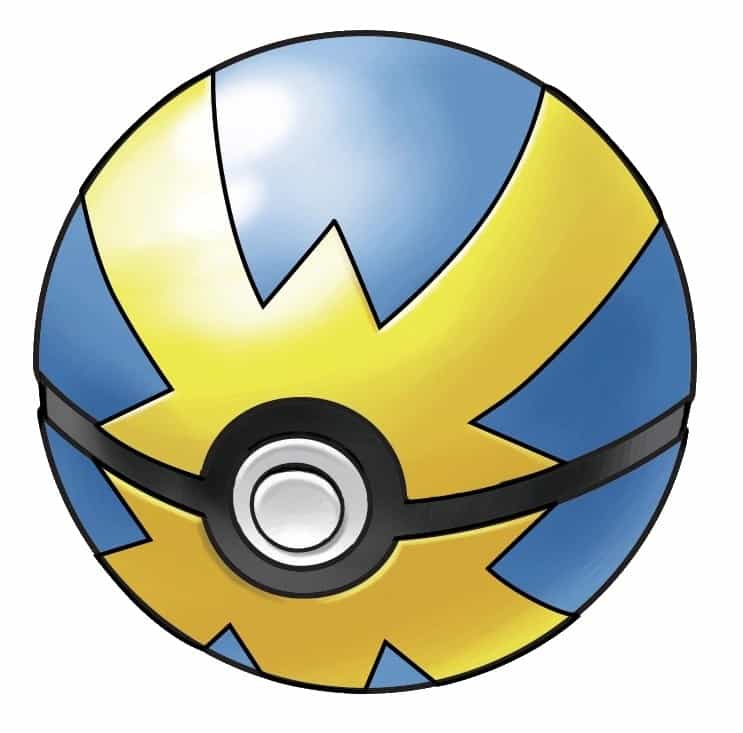
- Cost: 1,000 Poké Dollars
- Acquisition: Available at various Poké Marts after obtaining the National Pokédex.
- Games: Featured in Pokémon Diamond/Pearl/Platinum, Black/White, Black 2/White 2, X/Y, Sun/Moon, and others.
Pokéball Type: Heal Ball
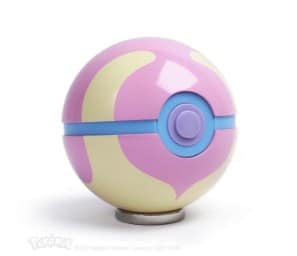
The Heal Ball doesn’t affect the capture rate but serves a healing function. When a Pokémon is caught with a Heal Ball, it is immediately healed to total health, promoting the well-being of the newly captured creature and making it ready for battle or friendship-building activities.
- Cost: 300 Poké Dollars
- Acquisition: Available at various Poké Marts after obtaining the National Pokédex.
- Games: Featured in Pokémon Diamond/Pearl/Platinum, Black/White, Black 2/White 2, X/Y, Sun/Moon, and others.
Pokéball Type: Dusk Ball
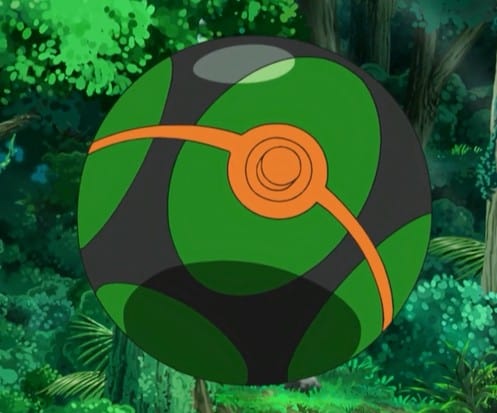
The Dusk Ball is designed for nighttime or dark area captures. It provides a significantly higher capture rate when used under these conditions, making it an excellent choice for trainers exploring low-light environments or attempting captures during nighttime encounters.
- Cost: 1,000 Poké Dollars
- Acquisition: Available at various Poké Marts after obtaining the National Pokédex, more effective in dark areas or during nighttime.
- Games: Featured in Pokémon Diamond/Pearl/Platinum, Black/White, Black 2/White 2, X/Y, Sun/Moon, and others.
Pokéball Type: Cherish Ball
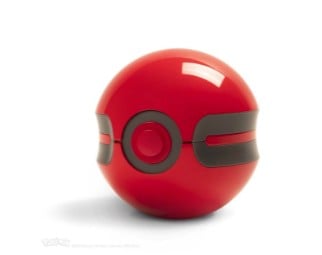
The Cherish Ball is typically reserved for distributing special event Pokémon. It doesn’t affect the capture rate but serves as a symbol of rarity and exclusivity, signifying that the contained Pokémon was obtained during official Pokémon events or promotions.
- Cost: Not available for purchase
- Acquisition: Typically used to distribute special event Pokémon.
- Games: Featured in Pokémon Diamond/Pearl/Platinum, HeartGold/SoulSilver, Black/White, and others for event distributions.
